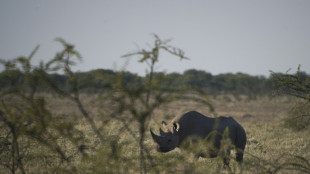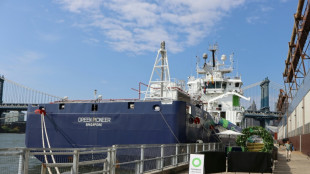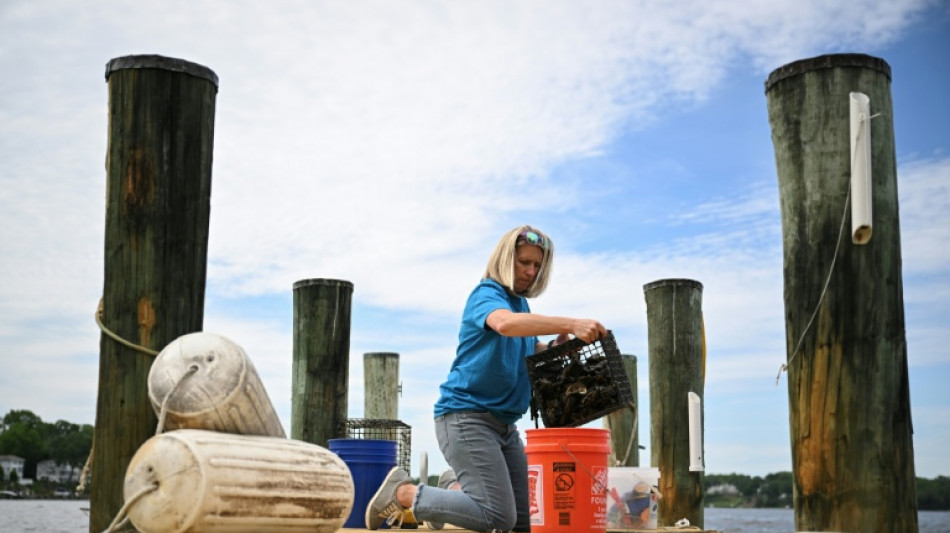
-
 World Rugby unfazed over England dominance of women's game
World Rugby unfazed over England dominance of women's game
-
Bruised Real Madrid still defining spirit, personality: Alonso

-
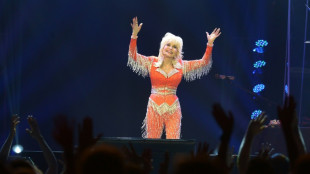 Dolly Parton scraps Vegas shows over health issues
Dolly Parton scraps Vegas shows over health issues
-
Maresca says 'no panic' at Chelsea despite mini-slump

-
 FIFPro sounds alarm over 'extreme' conditions at 2026 World Cup
FIFPro sounds alarm over 'extreme' conditions at 2026 World Cup
-
Jaguar Land Rover to partly resume output after cyberattack

-
 Springboks recall De Jager after Mostert withdraws
Springboks recall De Jager after Mostert withdraws
-
Alcaraz fights back in Tokyo to emulate Nadal with 10th final of season

-
 England bowler Woakes retires from international cricket
England bowler Woakes retires from international cricket
-
UK plans tougher rules for migrants seeking to stay in country

-
 Jailed Thai ex-PM Thaksin requests royal pardon: lawyer
Jailed Thai ex-PM Thaksin requests royal pardon: lawyer
-
Swiatek says may flout 'crazy' rules to protect health

-
 Paris Olympics and Paralympics cost French state 6.6bn euros: audit body
Paris Olympics and Paralympics cost French state 6.6bn euros: audit body
-
Rooney says he has 'no faith' that Amorim can revive Man Utd

-
 'Are you watching Donald Trump?': Europe's Ryder Cup golfers taunt president
'Are you watching Donald Trump?': Europe's Ryder Cup golfers taunt president
-
Moldova's pro-EU party hails poll win despite 'dirty' Russian tactics

-
 Typhoon Bualoi kills dozens in Vietnam and Philippines
Typhoon Bualoi kills dozens in Vietnam and Philippines
-
Wallabies' big-man Skelton ready to impose himself against All Blacks

-
 Robertson wants All Blacks to 'pressure' Wallabies in rematch
Robertson wants All Blacks to 'pressure' Wallabies in rematch
-
Sinner cruises into China Open semi-finals as Swiatek moves on
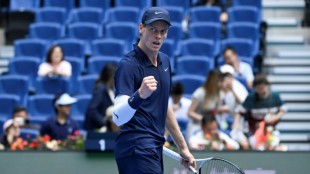
-
 GSK switches CEO as Trump tariffs test pharma
GSK switches CEO as Trump tariffs test pharma
-
Trump to push Netanyahu on Gaza peace plan at White House

-
 Most markets track Wall St gains after US inflation data
Most markets track Wall St gains after US inflation data
-
Typhoon Bualoi batters Vietnam coast, killing 11

-
 Germany's Lufthansa to slash 4,000 jobs by 2030
Germany's Lufthansa to slash 4,000 jobs by 2030
-
Moldova's pro-EU party wins key polls after Russian meddling claims

-
 Mourinho Chelsea return prompts old memories, mixed feelings
Mourinho Chelsea return prompts old memories, mixed feelings
-
'Predators': how reality TV explains Epstein obsession

-
 Most Asian markets track Wall St higher after US inflation data
Most Asian markets track Wall St higher after US inflation data
-
India, Pakistan trade accusations after Asia Cup trophy debacle

-
 Power-packed Australia favourites to rewrite World Cup history
Power-packed Australia favourites to rewrite World Cup history
-
Latin artist Bad Bunny to headline Super Bowl half-time show
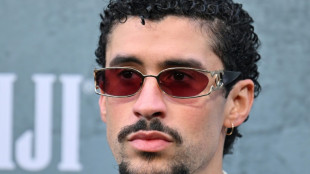
-
 Air France, Airbus back on trial over doomed 2009 Rio flight
Air France, Airbus back on trial over doomed 2009 Rio flight
-
India's divine designs meld with AI at Durga Puja festival

-
 Donald won't rule out Ryder Cup captain return after Europe win
Donald won't rule out Ryder Cup captain return after Europe win
-
Who is Matthieu Blazy, the new man at Chanel?

-
 'New chapter': Paris Fashion Week to showcase industry makeover
'New chapter': Paris Fashion Week to showcase industry makeover
-
Bradley on US Ryder Cup loss: 'This is no one's fault but mine'

-
 Four killed in attack on northern US Mormon church
Four killed in attack on northern US Mormon church
-
Bradley calls for Ryder Cup rule change for injuries
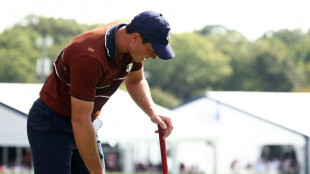
-
 McIlroy slams 'unacceptable' Ryder Cup heckling
McIlroy slams 'unacceptable' Ryder Cup heckling
-
Embattled Australia telco giant hit by another major outage

-
 31 Concept Accelerates Next-Gen DPI Leadership With Strategic Acquisition of Xynthor AI
31 Concept Accelerates Next-Gen DPI Leadership With Strategic Acquisition of Xynthor AI
-
Mahomes leads resurgent Chiefs in Ravens rout, Eagles stay unbeaten

-
 Moldova's pro-EU party tops polls hit by Russian meddling claims
Moldova's pro-EU party tops polls hit by Russian meddling claims
-
Europe win emotional Ryder Cup triumph after US fightback

-
 Two dead after shooting, fire at US Mormon church
Two dead after shooting, fire at US Mormon church
-
Europe must step up efforts to protect environment: report

-
 Eagles down Bucs to stay unbeaten, Bills march on
Eagles down Bucs to stay unbeaten, Bills march on
-
Incumbent absent as Cameroon presidential campaigning picks up


US oyster gardeners rebuild nature's own water-cleaning system
For many just a tasty delicacy, the oyster may actually be the hero the world needs to fight environmental degradation -- and volunteers like Kimberly Price are battling to repopulate the surprisingly powerful species.
The 53-year-old is an "oyster gardener" who fosters thousands of the mollusks at her waterside home until they are old enough to be planted in the Chesapeake Bay near the US capital Washington, where they clean the water and can even offset climate change.
Far removed from the menus of seafood restaurants, oysters also have a supremely practical use as prolific water filters -- with an adult able to process up to 50 gallons (190 liters) each day.
This produces a healthier habitat, boosting plant and animal life, which experts say can also help waterways capture more planet-warming carbon dioxide.
But today, just one percent of the native oyster population found in the bay before the 1880s remains, due to pollution, disease and overharvesting -- leaving a mammoth task for environmentalists.
Volunteers like Price are crucial to these efforts led by the Chesapeake Bay Foundation (CBF).
For around nine months, they keep infant oysters in cages at their docks to give them the best chance of reaching adulthood. Then they put them to work at helping preserve the planet.
"We humans destroy everything, right? So this is like, let's fix our problems: how do we try and correct this?" Price, a housing consultant, told AFP.
At her Maryland home, where ospreys flew overhead and tiny fish swam below, she pulled up a mesh cage marked "Not for sale or human consumption" suspended by rope in the water.
Inside on large, old oyster shells -- many recycled from restaurants -- were half a dozen smaller live oysters each about the size of a knuckle.
When Price got them last summer, they were no bigger than pinpricks that the CBF had received as oyster larvae from a specialist hatchery before bonding them to shells in setting tanks.
Price's role has involved scrubbing her eight cages and rinsing them with fresh water every two weeks to remove organisms that can restrict oxygen and hinder feeding.
When AFP visited in late May, she was giving them a final clean before joining other volunteers returning the oysters to the CBF to be planted on sanctuary reefs in the bay, where fishing of the mollusks is banned.
- 'We can get there' -
It's part of an ambitious goal that the nonprofit and its partners set in 2018 to add 10 billion new oysters to the bay -- America's largest estuary -- by the end of 2025.
Around 6.7 billion have been planted so far, CBF oyster expert Kellie Fiala said at the group's headquarters, adding that the population is "trending in a positive direction."
"Thinking about how many oysters used to be in the bay, we still have a ways to go," she said, but insisted that "working together, we can get there."
A key challenge is a lack of substrate in the bay -- the hard riverbed material that oysters need to grow on -- because for many years, shells were removed to be used in building driveways and gardens.
"Folks then just didn't understand the importance of putting that shell back so it can be a home for new oysters," Fiala said.
To address this, the organization is encouraging volunteers to make "reef balls" -- igloo-style concrete blocks that can serve as artificial underwater habitats.
This initiative, like oyster gardening, encourages community participation ranging from schoolchildren to retirees.
Some of those volunteers, including Price, arrived at the CBF's office next to the bay to drop off their buckets of homegrown oysters ready for planting.
Each got a rough tally of how many they had brought based on the average number of babies on a handful of shells. For Price, it was what she celebrated as a "very good" total of around 7,500.
Her oysters were loaded with others onto a small, single-engine boat that the captain, 61-year-old Dan Johannes, steered towards a sanctuary reef in a tidal tributary of the bay.
There, two interns began dumping the 20 buckets overboard, with the oysters splashing into the water.
The planting process took no longer than a minute -- 75,000 oysters, raised for almost a year -- returning to the bay.
H.Kuenzler--VB

